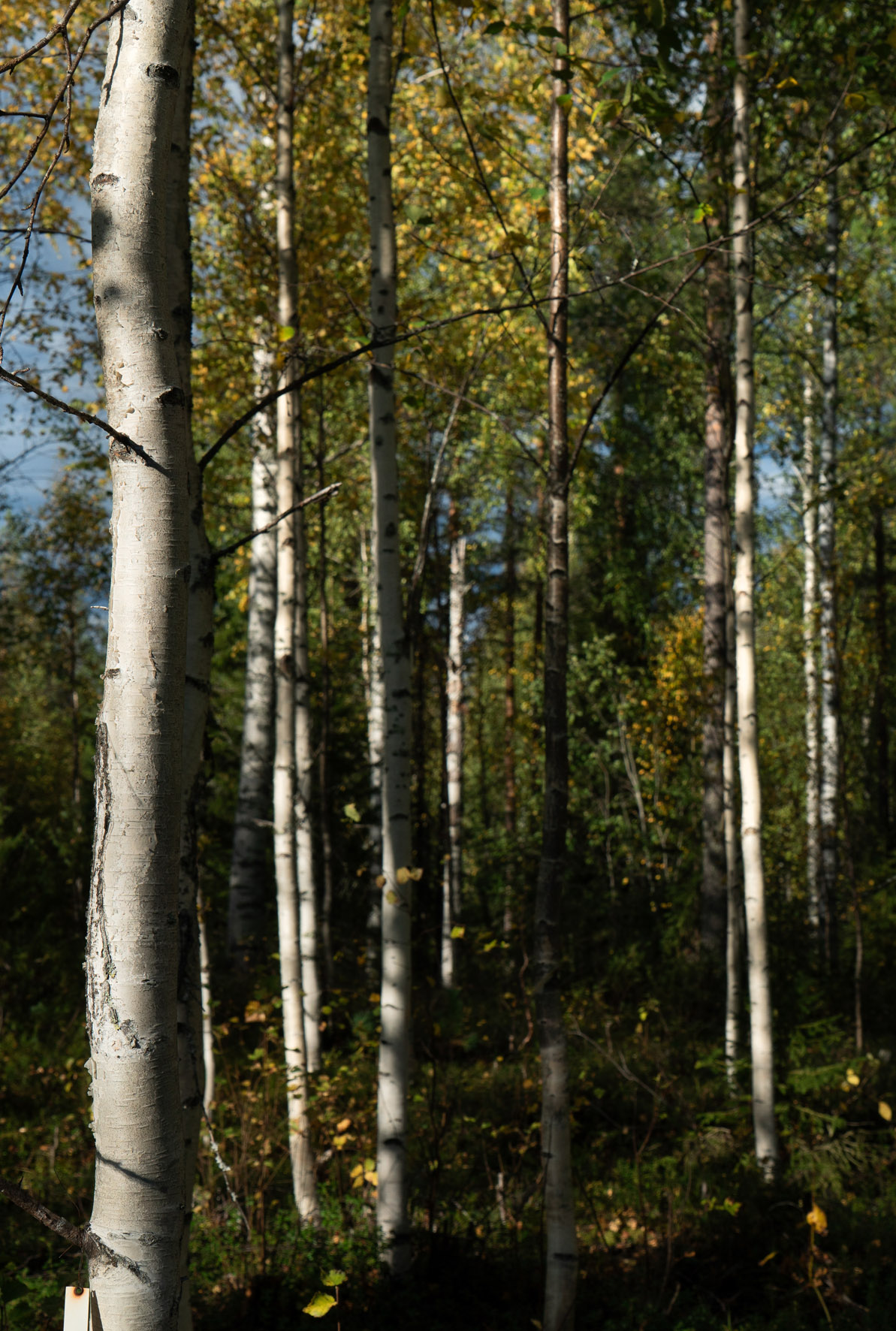Knowledge centre - NordGen Forest
Nordic forests provide wood and bioenergy, protection against wind and erosion, biodiversity and is a carbon dioxide sink. The trees planted today will grow for decades to come but climate change can hit our forests hard, and we must deal with the emergence of new pests and diseases that haven’t existed in the Nordic region before. Within the forest industry there is a need for strong, resilient forests in the future and an important key to this resilience is genetic diversity. Since different trees carry different genes, chances are that some of them can resist the new threats. For example, the ash dieback disease is today threatening the Nordic ashes. But by identifying particular trees that carry resistance genes, the species could be saved. NordGen Forest is working to exchange knowledge about these kind of issues in the Nordic forest community.
Key activities
For NordGen Forest, the year 2024 was again a year filled with fruitful meetings on site in several Nordic countries. For example, a successful forest conference was arranged in Rovaniemi, Finland.
Thematic day, conference and seminar
The first NordGen Forest event in 2024 was a thematic day organized on 14 February in Ås, Norway. About 60 persons participated during the day of presentations entitled “Forestry – more than just spruce.” Representatives from Skogfrøverket, Skogkurs, NIBIO, NMBU and AHO (The Oslo School of Architecture and Design) were included in the presentation program. The first part of the day was devoted to new strategies for forest seed breeding and the method “breeding-without-breeding”, as well as fertilization and the establishment and planting of pine. The second part of the thematic day was about broadleaved trees, with a focus on silver birch and common alder.
The annual NordGen Forest conference was arranged on 18-19 September 2024 in Rovaniemi, Finland. About 50 persons participated in the conference that was entitled “Forest regeneration in the north – the past, the present and the future.” During the first day, 15 speakers gave presentations covering several interesting topics covering forest tree seed and seedling production with a certain focus of the history, current state, and future of forest regeneration in this northern region of Finland. For example, the presentations revolved around the OptFORESTS questionary, experiments on spruce seedlings growing in peat substitutes and the disease Scots pine blister (Cronartium pini).

Silver birch (Betula pendula) in Kivalo experimental forest outside Rovaniemi, Finland, 2024.

Excursion to Fin Forelia Oy during the NordGen Forest conference in Rovaniemi.
The seminar of NordGen Forest Working Group on Genetic Resources were arranged as planned in August. The Working Group gathered in Växjö, Sweden, for meetings, forest excursions and a visit to Södra pulp factory. The forest excursion included visit both to old and newly established oak forest.
Scholarships
A total of 24 applications (8 from Sweden, 6 from Finland, 2 from Iceland, 2 from Denmark, 1 from N0rway and 5 from countries outside the Nordic region) were received by the deadline on 15 February 2023. Six of them were granted, three out of the approved applications were Finnish, two were Swedish and one from Denmark. The grants (in total NOK 100.000) were given to travels and field work, supporting activities in several Nordic countries. During 2023, the grants were for example used to organize a webinar, attend the IBFRA conference in Helsinki and to make a research visit to Umeå Plant Science Center.
NordGen Forest addresses conservation and sustainable use of forest genetic resources, by being a forum for researchers, practitioners and managers working on forest genetic resources, seeds, planting stock and regeneration. We facilitate flow of scientific information and knowhow between these groups.
NordGen Forest consists of two bodies: The NordGen Forest Regeneration Council, which meets twice a year and organize our conferences and thematic days, and the NordGen Forest Working Group on Genetic Resources, which meets once a year. In cooperation with Nordic Forest Research (SNS), NordGen Forest also grants scholarships to enhance knowledge and competences in the area of seed, plants and forest regeneration.
NordGen Forest is focusing on knowledge exchange about conservation and sustainable use of forest genetic resources, forest seed and plant production and regeneration of forests. By disseminating knowledge and experience between the various actors and to the public, we aim to support better plant production and better regeneration methods of forest, as well as conservation of forest genetic resources. We conduct various types of projects and information activities.